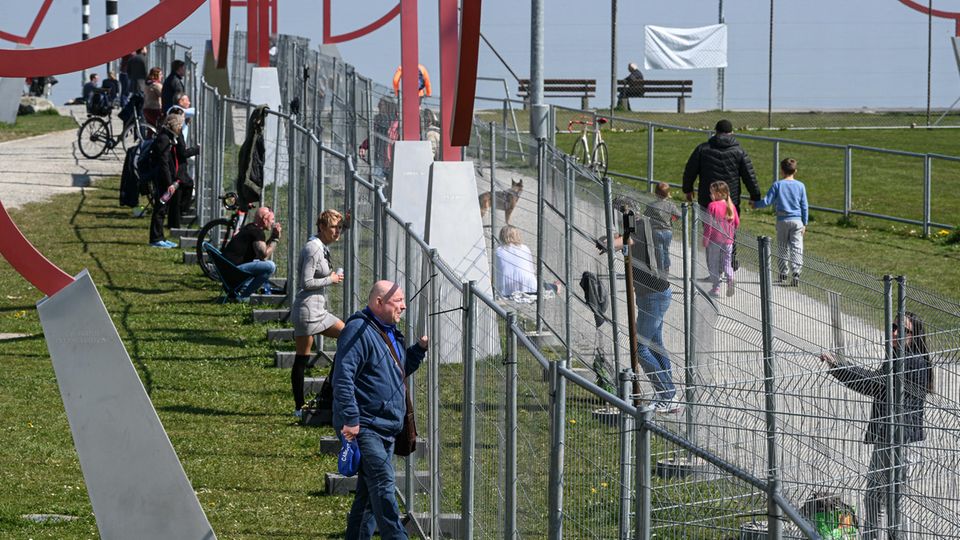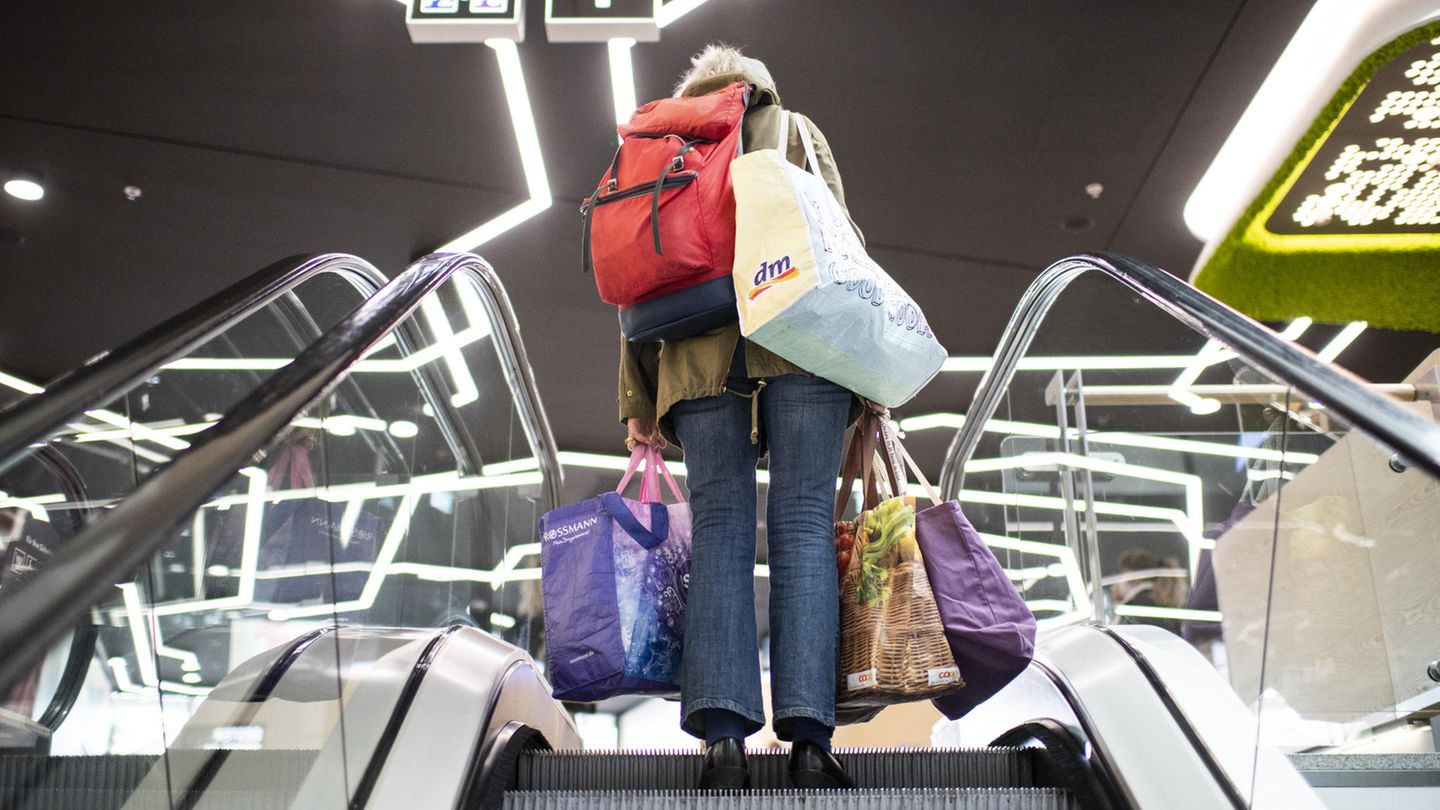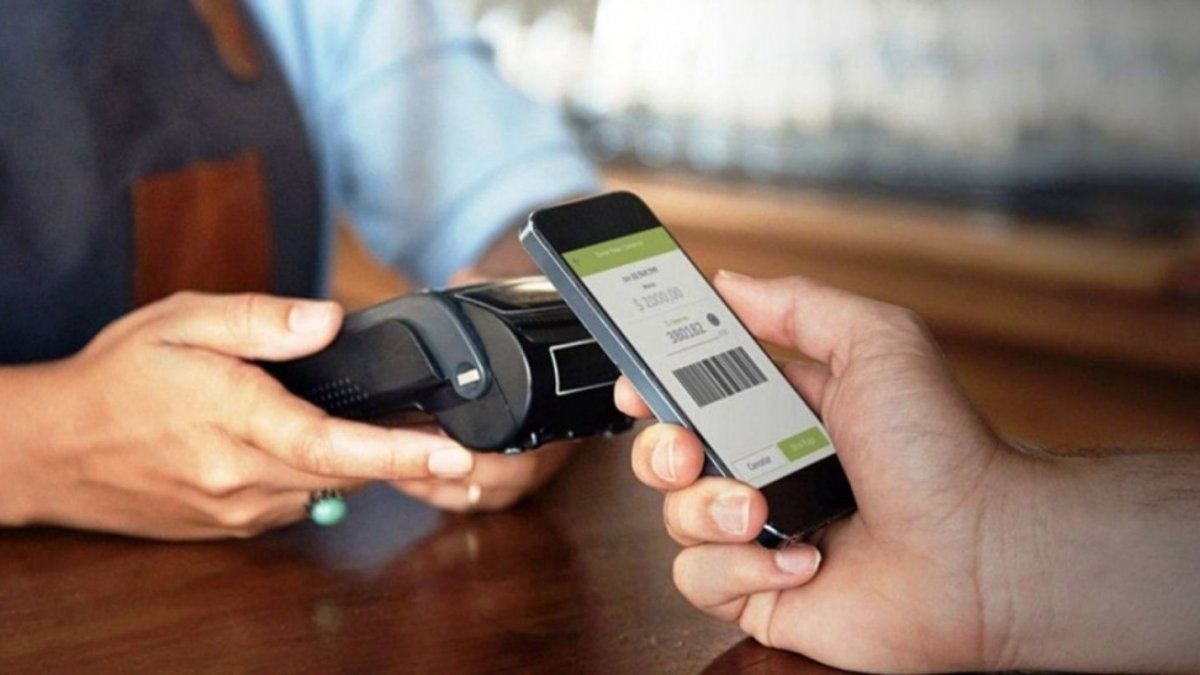The trade in the German border region is happy: Many Swiss shop here because it is cheaper. But shopping tourism also has its downsides: overcrowded streets and traffic jams, and on the Swiss side the shops are suffering. But Corona has changed a lot.
The mother points to the vegan balls on the shelf and addresses her daughter: “You had those last time, didn’t you?” She says it in Swiss German and with the joy in the voice of someone who is just seeing a fleeting but sympathetic acquaintance. The father also seems to remember: “But you prefer the ones from Coop, right?” He also speaks Swiss German and in his “correct” sounds a bit of pride, but also the concern whether the daughter will end up finding the product on the shelves at Aldi in Germany better than the one at Coop in Switzerland. But the daughter nods. Father and mother smile contentedly.
As if they needed justification and confirmation that they are now spending their francs in euros in Constance, but that things are actually better in Switzerland and they know it too. Shopping tourism is a charged topic – politically, economically and socially.
Especially at the weekend, many people from Switzerland come to Germany to shop in the border region around Lake Constance and the Rhine. That has consequences. On both sides. At the Chamber of Industry and Commerce Hochrhein-Bodensee it says, Over the decades, southern Baden has become the local supplier of northern Switzerland. Sales areas, depth of range and variety of brands in the towns near the border are geared towards this. Whole livelihoods and apprenticeships depend on it. Many sales areas on the German side were only created because of Swiss demand. It’s high because it’s cheap in Germany in comparison.
Fewer green slips in the past year
If you live in Switzerland and shop in Germany, you will also be reimbursed for the difference in VAT. A lot comes together over the course of a year. Customs recently presented the figures for 2021. In the main customs office district of Singen, whose catchment area also includes the Lake Constance city of Konstanz, which is popular with (shopping) tourists, around three million export receipts were processed in 2021. The notorious green slips – an app for this has been planned for a long time, but hasn’t arrived yet – are available at the checkout in German shops for people who live in Switzerland. They can have their export documents stamped at customs and have the difference paid out. In Switzerland there is a VAT of 7.7 percent on most products.
However, the trend is downward. In 2021, around 1.28 million fewer slips of paper were stamped in the main customs office district of Singen than in the previous year. The Lörrach customs also recorded a sharp decline. The authorities cite the de minimis limit as one of the reasons: since the beginning of 2020, VAT has only been refunded for purchases of 50 euros or more. And then, of course, there was the pandemic. Suddenly the border was closed.
Suddenly there was a fence
The people and everyday life in the border region are closely connected. The first lockdown was a severe turning point that was previously unimaginable, especially for the younger generation. Commuters could still cross the border, private individuals had to stay on their side. Whole families were separated for weeks. Where else there is a green meadow and a green border, suddenly there was a fence separating the countries.

People in Switzerland had no other option but to shop in their own country again. A big slump for the shops on the German side: “For the retailers who could still be open, almost half of the customers were missing from one day to the next,” says Heike Wagner from the IHK Bodensee-Hochrhein.
Photos from this limited spring 2020 seem like they are from another, surreal time. Today, only one or two masks in the store remind you that Corona exists – and the floral decorations in the old town of Konstanz. The colorful balls with nub-shaped flowers inevitably bring to mind the computer-simulated models of the corona virus.

In the car park almost exclusively license plates from Switzerland
On this Friday at the end of April it is early summer in the picturesque student town on Lake Constance. There is a lot going on, but the streets are not overcrowded. A small queue of six pedestrians has formed in front of the Emmishof customs on the Constance side, a woman is already holding the green slip in her hand. Not far from this border crossing is the “Lago”, the shopping mall in Constance. An oversized white decorative bunny stands in the entrance area as an Easter leftover.
One floor below in the parking garage, almost exclusively Swiss license plates can be seen. The cars come not only from neighboring Thurgau, but also from further afield from the cantons of Bern, Schwyz, Zurich and Zug. Traffic jams often form in the center of Constance and near the border, especially at the weekend. There is now a fast train to St.Gallen in Switzerland that runs every hour, some call it the “Shopping Express”.
Even if a lot of Swiss German can be heard in the old town of Constance, the past two years have left their mark. “Clear”, as it is called at the IHK Hochrhein-Bodensee. Recurring lockdowns, partial closures and the high level of regulation have made it difficult for retailers. A complete recovery had never been possible in the past two years. “Especially the retail trade in the inner cities tells us that a good third of the customers are still missing,” says Heike Wagner at the end of April.
“Shopping abroad is again very popular with Mr. and Mrs. Swiss”
On the Swiss side, the Thurgau Chamber of Commerce and Industry says that there has been a certain return to local and regional providers and shops. “In this respect, despite all the serious disadvantages, the crisis also had some positive developments for the Swiss retail trade,” says director Jérôme Müggler. While German trade has benefited greatly from shopping tourism over the years, it poses a problem for Swiss traders and communities. One consequence is the “death of shops” in Swiss towns and villages. Another reason for this is online trading, which has gained in importance again during the pandemic – also in Germany.
What the future will bring remains to be seen, according to the IHK director from Thurgau, with a view to shopping tourism. A trend is already emerging now that all corona restrictions have been lifted: “Shopping abroad is once again very popular with Mr. and Mrs. Swiss,” says Jan Riss from the IHK St.Gallen-Appenzell, another region close to the border , Middle of May. Shopping “off the border”, i.e. on the other, German side, is much easier again after the corona measures have been lifted. And the franc is currently appreciating against the euro, which means that products abroad are relatively cheaper. Debit card transactions and cash withdrawals by Swiss people in Germany and Austria – an always up-to-date indicator for shopping tourism – have returned to pre-crisis levels. At customs, too, they are now observing that the reluctance of the Swiss is dissipating. Most would now concentrate their purchases and shop for larger amounts.
Inflation in Germany does not detract from this. Although prices are rising in this country, they remain comparatively cheap due to the expensive Swiss franc.
Shower gel is now sold where there used to be a cinema
People who have lived in Konstanz for a long time say that they no longer notice any difference between the time before Corona and now. If you don’t necessarily have to go shopping in the city center on Saturday, you can do this on another day. Hygiene items are considered to be significantly cheaper in Germany, and it is not without reason that Swiss people often find bottles of shampoo and shower gel in their shopping trolleys. This also has an impact on the cityscape. At the Marktstätte, a central square in the old town of Constance, and in its extension there are now three drugstores. One Müller and two dm branches. The second dm, the larger one, used to be a cinema. The Scala also showed non-Hollywood blockbuster films and suited the student town on Lake Constance very well. A documentary film about the closure of the cinema bears the descriptive name “Gone with Diapers”.
More and more people from Switzerland are already buying their diapers and vegan balls in Germany. E-bikes are currently the trend among shopping tourists. Shopping tourism shows its tourist side above all when a day of shopping can be combined with an ice cream at the lake when the weather is nice. At the market place, the sparrows are already jumping excitedly over the ground at the end of April and picking up the first waffle crumbs. The summer can come.
Sources: , ,
Source: Stern
Jane Stock is a technology author, who has written for 24 Hours World. She writes about the latest in technology news and trends, and is always on the lookout for new and innovative ways to improve his audience’s experience.




